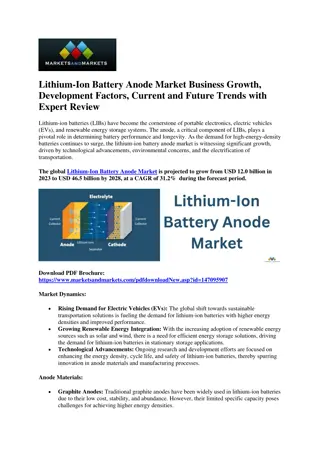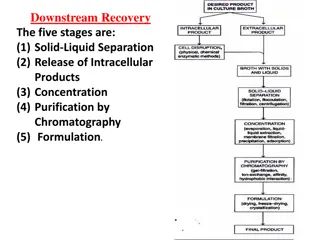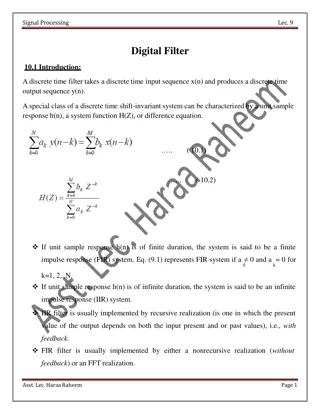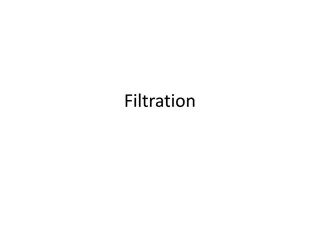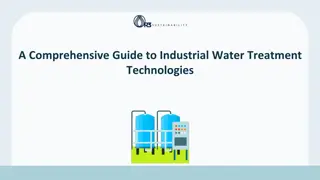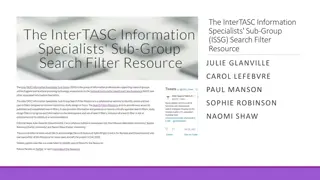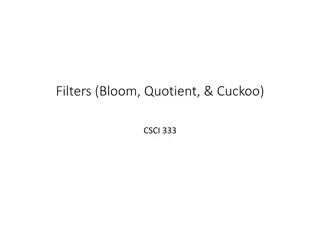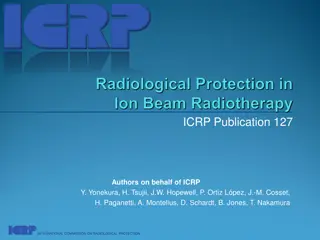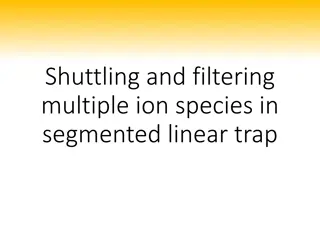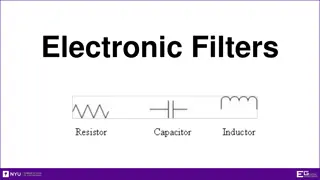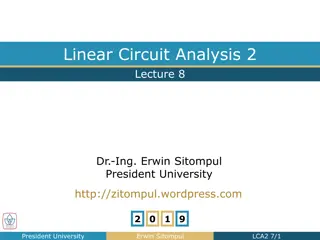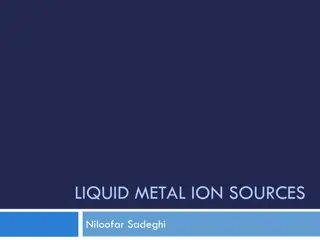Understanding Ion Exchange Filters for Water Treatment
Ion exchange filters are effective for removing specific contaminants by swapping ions. They are not cheap but can be the only option for hard-to-remove ions. These filters can be regenerated using sodium chloride and are beneficial for small water supplies. However, careful monitoring and maintenance are crucial for efficient operation.
Download Presentation

Please find below an Image/Link to download the presentation.
The content on the website is provided AS IS for your information and personal use only. It may not be sold, licensed, or shared on other websites without obtaining consent from the author. Download presentation by click this link. If you encounter any issues during the download, it is possible that the publisher has removed the file from their server.
E N D
Presentation Transcript
Treatment Ion Exchange Filters Matt Bower DWQR Risk Assessment Training 2018
Overview Useful for removing a specific contaminant Swaps one ion for a less problematic one Not cheap, or low maintenance Sometimes only option for hard to remove ions Available for organics removal ..Effective?
Overview Swaps positively charged ions in water for sodium Anionic resins also available Can be ion-selective Resin can be regenerated with NaCl (replaces sodium ions, contaminant goes into waste stream)
Usage on small water supplies Most metals (Cationic) Nitrate (Anionic) All regenerate with brine Smaller units may have self contained, automated regeneration Various sizing options May need to keep brine topped up Single use cartridges available
Usage on small water supplies Image result for ion exchange private water
NOM / Colour Removal Hit and Miss Pitfalls
NOM / Colour Removal Interesting potential but need specialist advice Hit and Miss Pitfalls
Things that should be getting checked Incoming / outgoing contaminant concentration Brine concentration Regeneration frequency Resin condition
Key Points to Watch For Ion exchange resins can foul if pre-treatment inadequate Iron Manganese Biological Sediment / peat Is there blending? How often does regeneration occur (is it automated?) Is unit correctly sized for flow and max contamination? How does user know when resin / cartridge needs replacing? resin long-lived but not indefinite Suitable disinfection process needed downstream
Questions TIE1 Could inadequate pre-treatment lead to fouling of the resin? Water needs to be relatively clean to enable the ion exchange resin to perform effectively. Dissolved minerals such as iron and manganese can also precipitate on the media, preventing its effective operation. Treatment prior to the ion exchange filter is usually required and needs to be effective. 4 TIE2 Is monitoring of the process inadequate? In order for the process to operate effectively, it is vital that performance is monitored and understood. In particular, ion exchange resin needs to be regenerated periodically, and the regeneration frequency needs to be determined by careful monitoring. 4 TIE3 Could inadequate capacity cause quality problems? (both chemical and hydraulic considerations?) The treatment process needs to be sized appropriately for the water flow required. If water flows too quickly through the filter, the contact time may be inadequate to fully treat the water. Similarly, if there is insufficient capacity within the filter, not all contaminants may be removed. 4 TIE4 Is there a risk that instructions for the filter operation and maintenance, including resin regeneration, are undocumented? Is the resin not regenerated in accordance with manufacturers' instructions? Ion exchange is a chemical filter and will eventually become exhausted and in need of regeneration. The rate of exhaustion will depend upon the amount of colour or other contaminants in the water and the flow rate through the filter. This breakthrough is difficult to predict, hence careful monitoring is required. Regeneration of ion exchange resin is a complex process which needs to be undertaken in accordance with the manufacturer's guidelines. Failure to do so may mean that the resin does not perform effectively over a period of time. 4 TIE5 4 TIE6 Is there a risk that regeneration brine may not be correctly made up and / or checked? Is there a risk that an inappropriate grade of salt may be used? Could an inadequately sized & operated backwash cause resin bed compaction? Ion exchange resin needs to be regenerated with salt solution (brine). This needs to be of the correct concentration to be effective - the concentration may need to be monitored manually, or the system may do this automatically. The salt used to make up the brine should be of food grade and suitable for use with the system installed. High concentrations of bromate can be an issue in some salts. Ion exchange resin will gradually become compacted due to water flowing through it in one direction. The backwash needs to be sufficient to expand the resin bed and reduce the compaction, otherwise the filter will gradually block. The backwash flow required should be documented on site. 4 TIE7 4 TIE8 4 TIE9 Could recycled backwash or regeneration water present a risk to quality? Appropriate arrangements should be made to dispose of backwash and regeneration waters which may be contain salt and other chemicals. 4 TIE10 If treated supply is blended with other water, could this be inadequately controlled? In some circumstances, only part of the water stream may be treated and blended with the remainder of the flow to achieve the desired concentration of contaminant. Where this is the case, clearly the required blend needs to be documented and carefully controlled so that the treated water remains within specification in all circumstances. 4


